- The completion and operation of the Hungary-Serbia Railway will help promote the economic development of the regions along the line
The Hungary-Serbia Railway, a nearly 350-kilometer railway connecting Belgrade, the capital of Serbia, and Budapest, the capital of Hungary, is not only an important transportation artery in Central and Eastern Europe, but also a landmark project of the Belt and Road cooperation between China and Central and Eastern European countries. Recently, the reporter took the train, not only experienced the more convenient life of the two cities brought by the railway, but also visited the Nosu section under construction, that is, Novi Sad to Subotica to the border track laying site of Hungary and Serbia, and felt the orderly construction of the railway and the vitality of continuous extension.
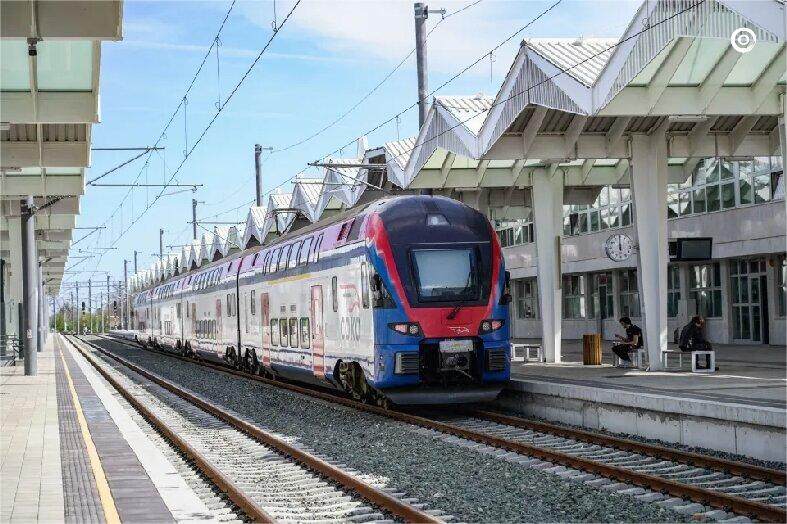
In Serbia, the Hungary-Serbia railway is 183 km long. Among them, the Beno section has been safe and stable operation for two years, which marks Serbia as the first Central and Eastern European countries to enter the "high-speed rail era". Over the past two years, the railway has not only brought faster and more comfortable travel for the Serbian people, but also injected new vitality into the country's economic development.
As an important part of the Hungary-Serbia railway, the Nosu section is currently in the tense and orderly construction stage. At the track-laying site, workers are working overtime to ensure that the railway construction is completed on time and on quality. After the completion of the construction of this section of the railway, it will further enhance the transportation capacity of the Hungary-Serbia railway and provide strong support for the connectivity and economic development of the two countries and even the whole region.
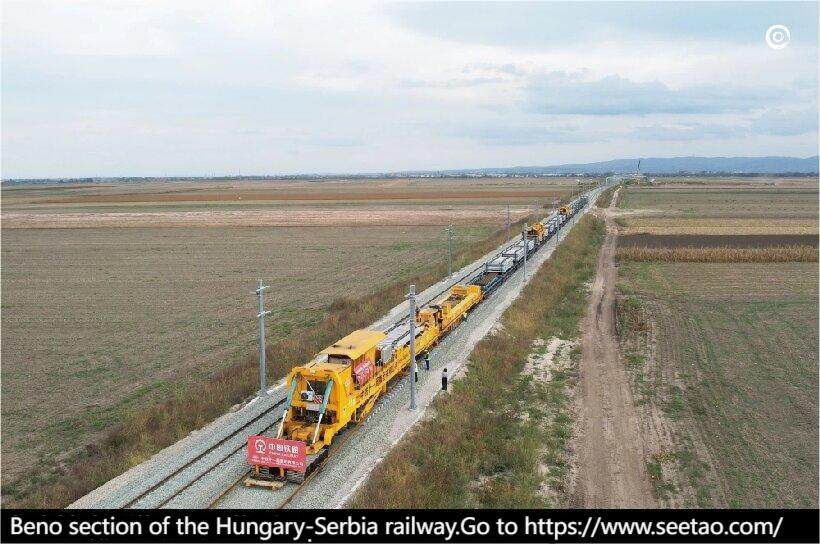
After the full operation of the Hungary-Serbia railway, the railway travel time between the two capitals is expected to be reduced from the original eight hours to less than three hours. This huge time saving will greatly promote the economic and trade exchanges and people-to-people exchanges between the two countries, bringing tangible convenience and benefits to the two peoples. Editor/Wang Tian
Comment
 Praise
Praise
 Collect
Collect
 Comment
Comment
 Search
Search


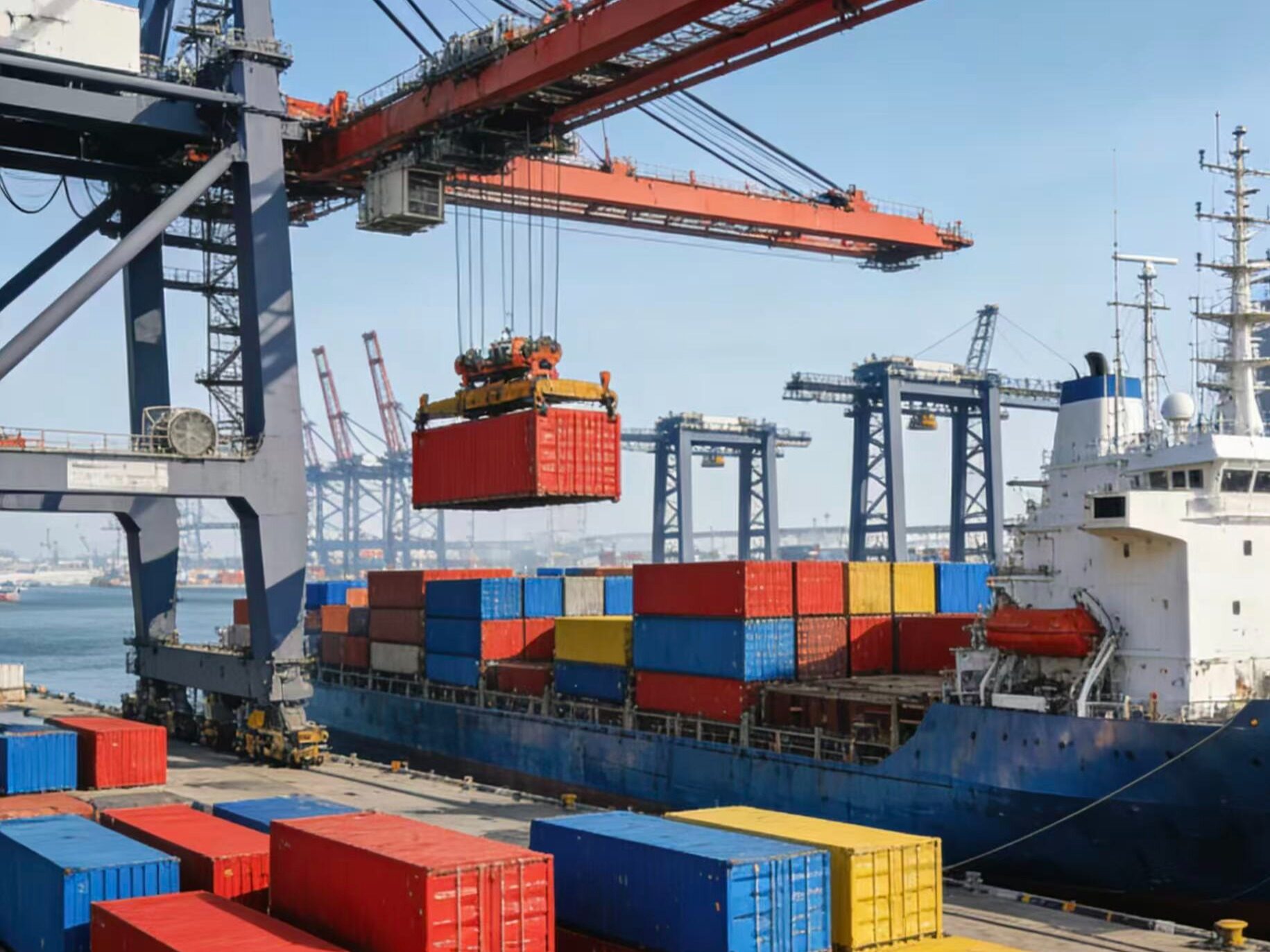

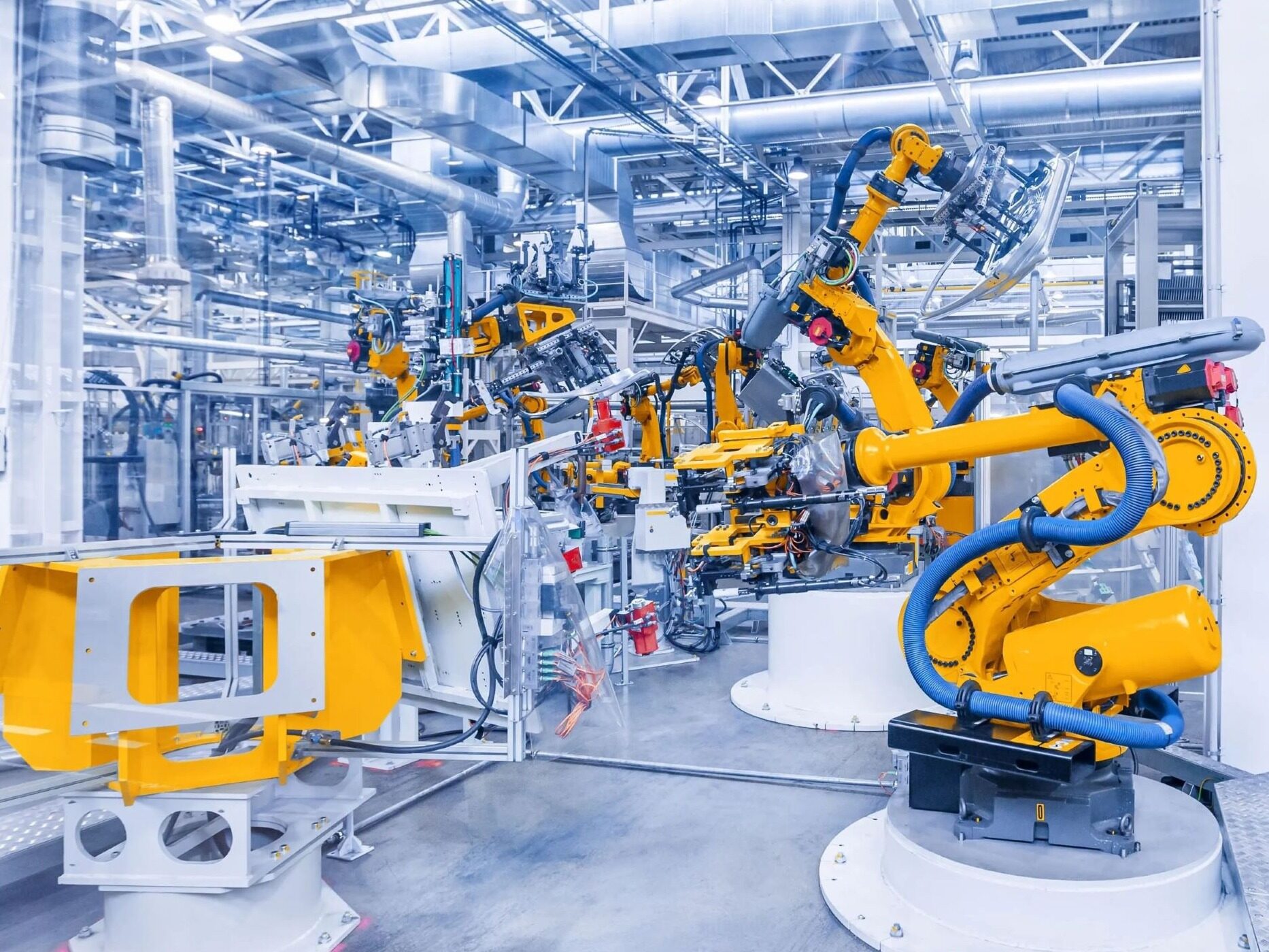
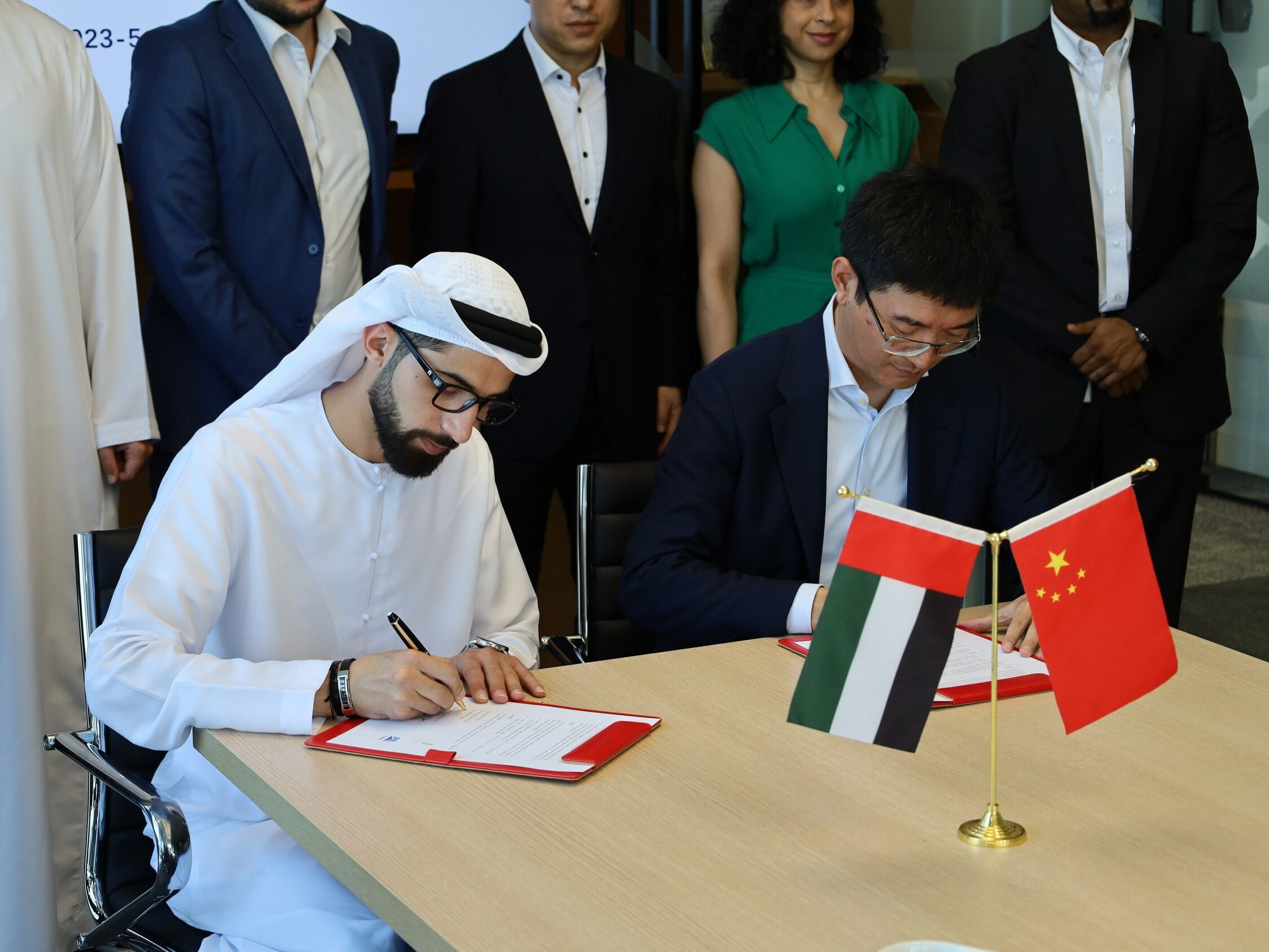








Write something~